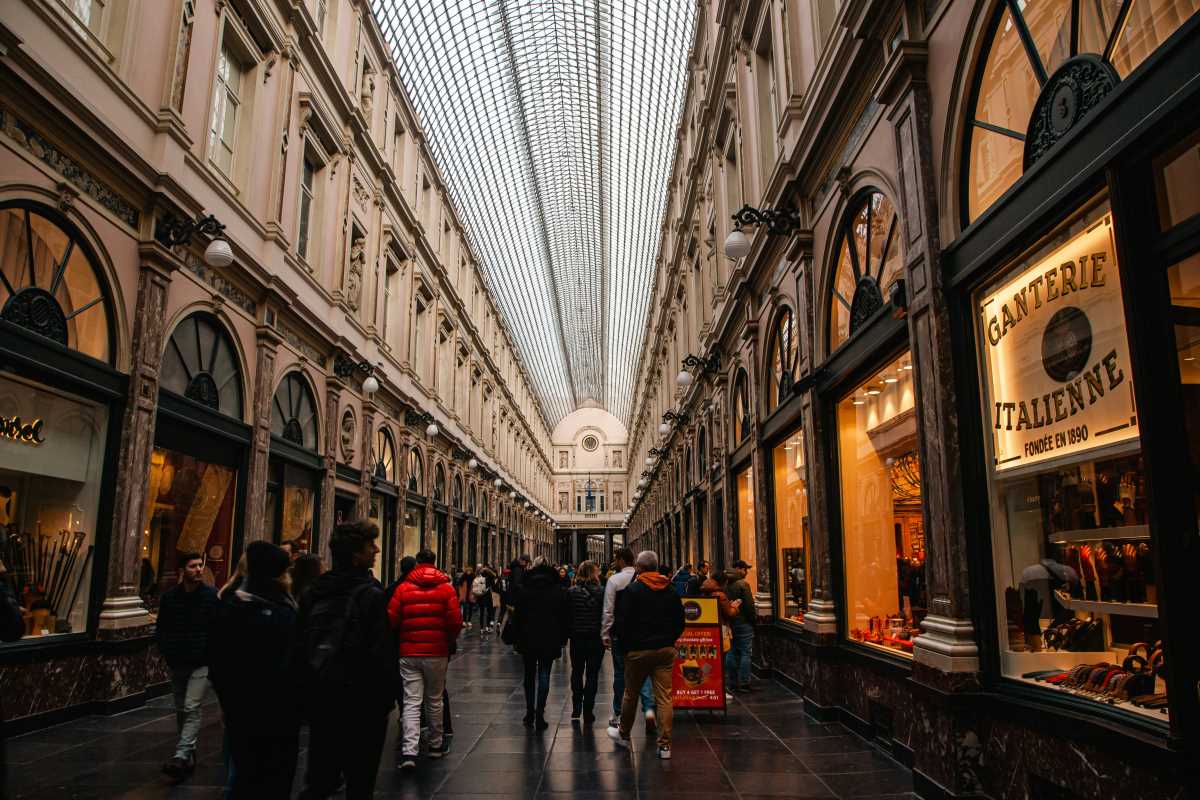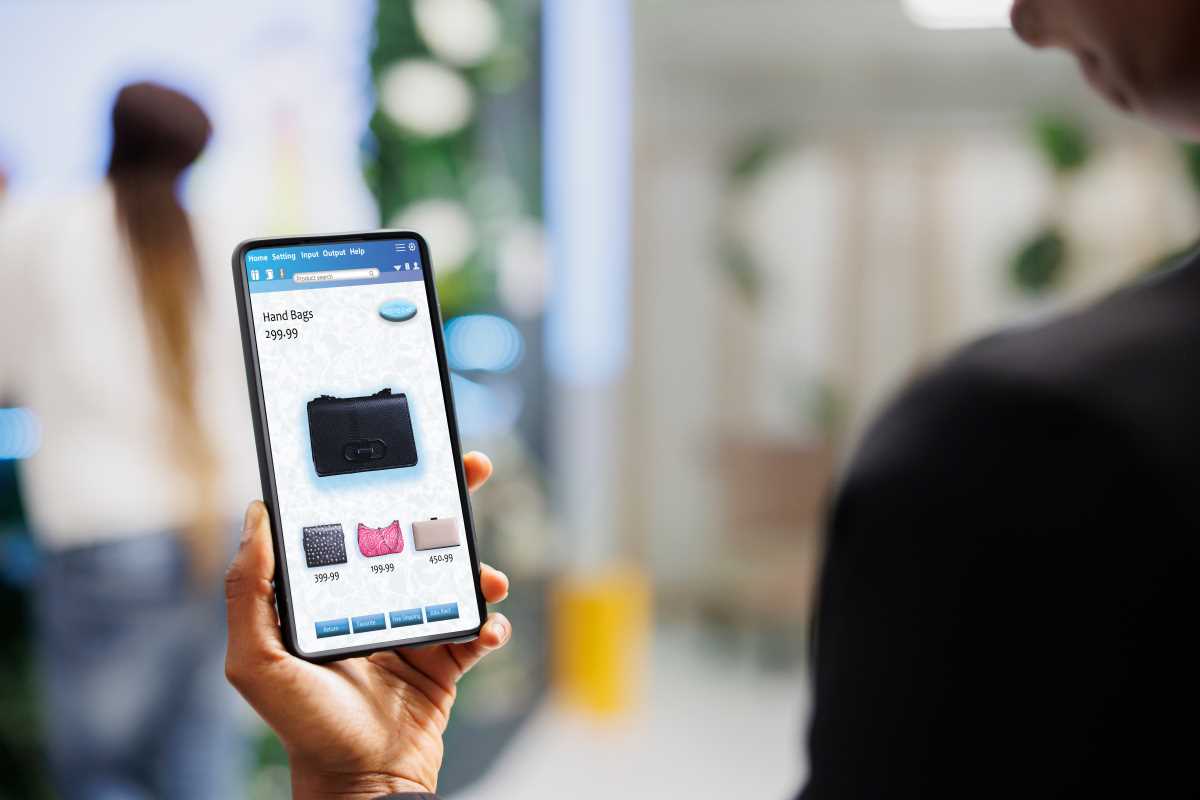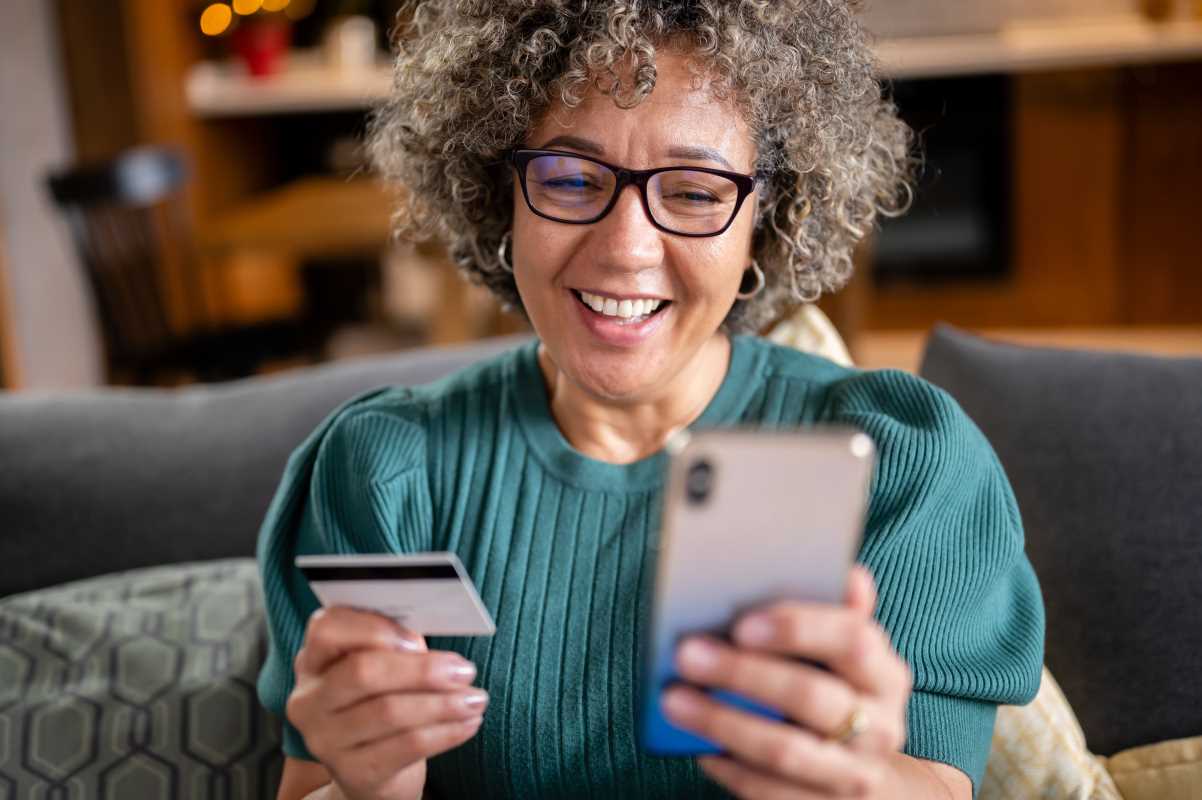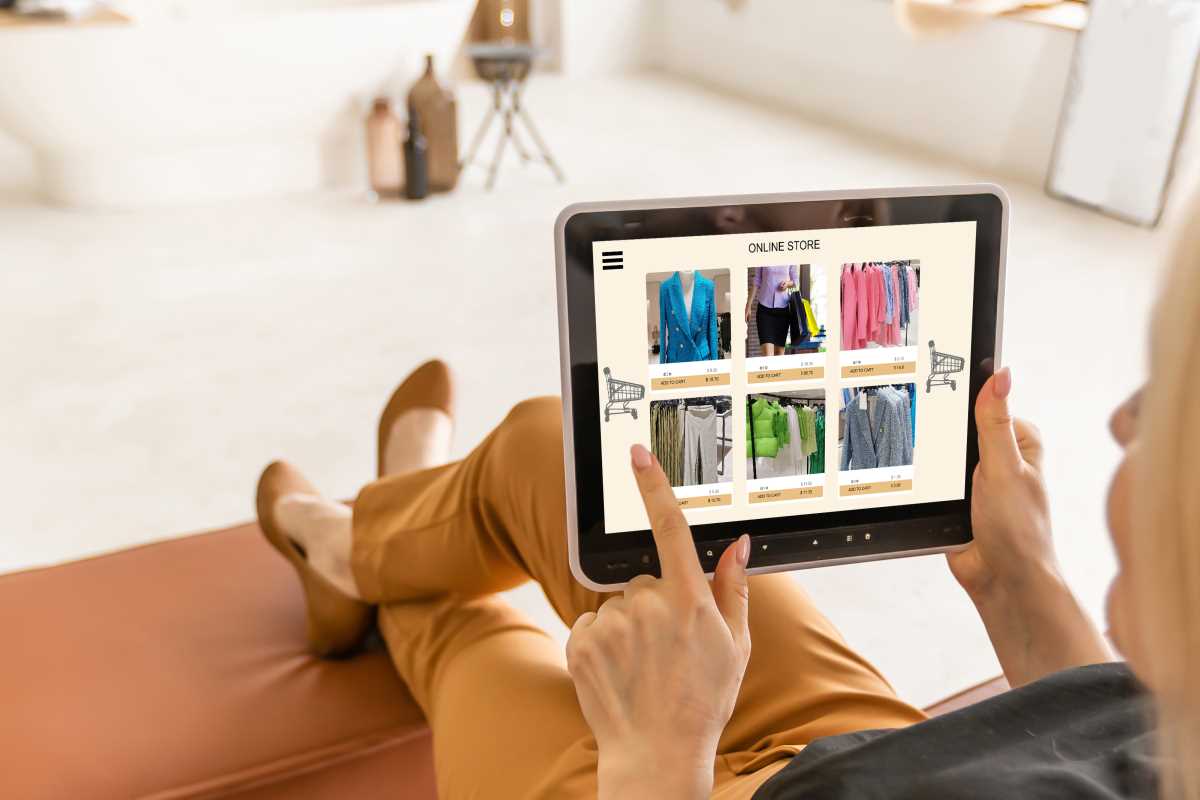Shopping for a stunning Louis Vuitton tote or an elegant Rolex watch adds excitement to any trip abroad. Many hope to discover authentic luxury pieces among the lively shops and colorful markets of a new city. By learning how to identify true designer goods, you can avoid the disappointment of counterfeit items and enjoy your purchase for years to come. This guide walks you through simple ways to recognize genuine products, helping you feel sure about your choices. Bring home a piece that truly reflects your travels and memories, knowing you found an item worth every penny.
Keep your eyes open, ask smart questions, and trust your instincts. You’ll learn how to research before you depart, examine logos and packaging, and compare prices like a pro. These insider secrets help you spot authenticity without breaking a sweat.
Pre-Trip Research and Verification
Good preparation pays off when you hunt for luxury goods abroad. Check official brand websites for authorized store lists. Many high-end labels publish locations of their boutiques and partner shops. Knowing where genuine outlets stand reduces the chance of walking into a scam.
Beyond official sites, read traveler reviews on forums and blogs. People often share recent experiences about quality and customer service. That feedback shows you which stores played fair and which raised red flags.
- Visit brand sites: Note addresses, hours, and contact details for authorized stores.
- Check local customs rules: Understand duties or tax refunds available when you bring items home.
- Join online groups: Seek advice from recent travelers who bought genuine pieces.
- Save screenshots: Keep digital proof of store info and product specs for reference.
Inspect Branding: Logos, Materials, and Craftsmanship
Once you step inside a shop, treat every item like a clue. Luxury labels guard their logos and fonts fiercely, so look for precision in engraving or embossing. Genuine Gucci items will bear a sharp, clear emblem, not a blurred imprint.
Next, feel materials and inspect stitching. High-end leather should feel smooth and supple, not plasticky or stiff. Seams should fall in straight lines without loose threads.
- Logo placement: Compare with official photos to spot any shift or misalignment.
- Hardware weight: Real metal zippers and clasps feel heavier than cheap alloys.
- Stitch count: Count stitches per inch; luxury pieces often average five to seven sturdy stitches.
- Interior lining: Authentic items use branded linings or engraved leather tags inside pockets.
Check Packaging and Documentation
Boxes, dust bags, and authenticity cards carry as much weight as the item itself. A genuine purchase arrives in a sturdy, well-printed box with crisp fonts and correct logos. If a dust bag feels rough or colors look off, you might be holding a knockoff.
Authentication cards or certificates should match the item’s serial number. Counterfeiters often skip these details or deliver sloppy print jobs. Always inspect the card’s holograms or raised print to ensure they feel real.
- Examine the box: It should open smoothly with magnets or snug fit, never cheap glue.
- Check the dust bag: Material feels soft; stitching matches brand standards.
- Match serial numbers: Look for engraved codes inside the item and on the card.
- Inspect paperwork: Warranty booklets and care guides should reflect correct languages and layouts.
Understand Pricing and Market Value
Price often signals whether a deal seems too good to be true. Brands rarely discount heavily in official outlets abroad. If someone offers that Hermès scarf at half price, pause and dig deeper.
Research typical price ranges before you buy. Shop windows or brand apps show current prices in local currency. Convert the amount to your home currency and add estimated tax or duty. That comparison highlights suspicious savings right away.
- Compare multiple stores: Check official boutiques against multi-brand retailers or duty-free shops.
- Watch for hidden fees: Some sellers tack on service charges or “handling fees” that inflate the cost.
- Ask direct questions: What’s the final price after VAT refund? Genuine stores will answer clearly.
- Review past sales data: Read updates from shopping blogs or cost-tracking sites to spot unusual dips.
Shop Smart: Authorized Retailers and Local Regulations
Shopping at unverified spots carries risk. Stick to authorized boutiques or well-known department stores. Staff at these outlets train directly with brands and rarely handle fakes. If you walk into a backstreet shop, keep your guard up.
Know local regulations on tax refunds. Many countries offer VAT rebates to international buyers, but rules vary. Some require you to present items at airport customs, while others issue refunds on the spot. Read the fine print before you commit.
- Visit brand boutiques: They carry the latest collections with full after-sales support.
- Check multi-brand stores: Places like major department stores often partner officially with luxury labels.
- Understand VAT/VAT-free zones: Ask how to claim your refund and where to show purchase receipts.
- Verify returns policy: Genuine stores offer clear return windows, rarely less than 14 days.
- Save all receipts: You might need them for customs or repair claims later.
Use these tactics to confidently identify genuine luxury items and avoid fakes. Your next purchase will be a proud reminder of your travels.
 (Image via
(Image via





.jpg)